A Symbol of Decline
by Barbara Kay LONDON'S TRAFALGAR SQUARE is dominated by a monument, set on a 156-foot column, of Britain’s greatest naval hero, Horatio, Lord Nelson. Nelson died in 1805 during the final hours of his command in the Napoleonic Wars’ most significant naval engagement, when, without losing a single ship, Britain trounced the combined forces of France and Spain at Cape Trafalgar off the Spanish coast.
LONDON'S TRAFALGAR SQUARE is dominated by a monument, set on a 156-foot column, of Britain’s greatest naval hero, Horatio, Lord Nelson. Nelson died in 1805 during the final hours of his command in the Napoleonic Wars’ most significant naval engagement, when, without losing a single ship, Britain trounced the combined forces of France and Spain at Cape Trafalgar off the Spanish coast.
Nelson’s monument is surrounded by four plinths. Three are occupied by statues of Generals Havelock and Napier, and King George IV. The fourth plinth, its 1841 commission vacated for want of funds, remained empty until 18 months ago. In recent years the plinth’s fate had become the focus of heated debate, as a commission struck for the purpose mooted a variety of appropriate occupants (amongst them Princess Diana and the soccer champion David Beckham).
Ultimately the fourth plinth was designated a showcase for British sculptors, with installations to rotate at 18-month intervals. This month marks the end of the first rotation, unveiled on Sept 15, 2005: a massive, 12-tonne, white marble creation by the sculptor Marc Quinn. Entitled “Alison Lapper Pregnant,” the monument’s eponymous subject is cast as a curvilinear, late-stage pregnant body topped by an angular, curiously mannish head.
The real-life Alison Lapper is a single mother and an artist. Both facts are remarkable in that. Lapper has a rare genetic illness, as a result of which she was born with no arms and undeveloped legs. She paints with a brush held between her teeth. One of her favoured subjects is herself, naked and pregnant. Delighted with Quinn’s finished work, Lapper proudly announced: “I regard it as a modern tribute to femininity, disability and motherhood? .”
At the unveiling ceremony, the Mayor of London, Ken Livingstone, declared, “This square celebrates the courage of men in battle. Alison’s life is a struggle to overcome much greater difficulties than many of the men we celebrate and commemorate here.” Capping Livingstone’s theme in a less circuitous approach, Lapper added: “At least I didn’t get here by slaying people.”
Are you offended? Come and sit by me. Sympathetic to Lapper? The line forms to the left. Select your queue, guided by the banners of feminism, therapism, pacifism, narcissism and exhibitionism.
Why public monuments anyway? In an autocracy, they serve to stroke the ego of the ruler and to remind the populace of his omnipotence. Small wonder that the first impulse of a liberated people is to tear down such symbols of their oppression, as the Iraqis did to Saddam in Firdos Square.
But free people erect public monuments to incarnate those virtues the citizenry admires and idealizes, often captured in tableaux dramatizing their subjects’ gallantry and personal sacrifice on the nation’s behalf at defining moments of crisis
The decision to commission Lapper’s statue, and the testimony of Lapper herself, are a reproach to Lord Nelson—himself disabled, let’s not forget, having lost an eye and an arm, amongst other battle wounds, in service to his country—as well as to the nation’s collective memory, and to all history’s military “heroes” (as the word must now be framed). To Lapper and her backers, soldiers are context-free “slayers”—i.e., murderers—of victims, not enemies. Their primary role as defenders of the nation’s security and honour is, by omission, implicitly disdained. Their wartime sacrifice has been levelled to the hardship imposed by random misfortune on a private individual, however plucky, whose achievements have been wholly personal and self-serving.
Whom, to borrow a trope from the Biblical Book of Esther, should the king delight to honour, and in doing so embody as an icon of national character? Those who further a nation’s progress in its upward trajectory; who serve the collectivity at great cost to their individual security or happiness; who exhibit the virtues of leadership, courage, steadfastness, brotherhood, selflessness and grace under pressure. Their monuments should inspire consciousness of, respect for, pride in and aspiration to the superior mettle these icons represent. What does the statue “Alison Lapper Pregnant” inspire? Guilt, confusion and discomfort. Far from reinforcing pride in British national identity, the politically and emotionally correct, but nationally irrelevant Alison Lapper has for 18 months symbolized its sad decline, a cultural fifth column sitting on the fourth plinth of London’s Trafalgar Square.
What does the statue “Alison Lapper Pregnant” inspire? Guilt, confusion and discomfort. Far from reinforcing pride in British national identity, the politically and emotionally correct, but nationally irrelevant Alison Lapper has for 18 months symbolized its sad decline, a cultural fifth column sitting on the fourth plinth of London’s Trafalgar Square.
©2005-06 - Barbara Kay is a columnist at Canada’s National Post newspaper. This column was reprinted here with Barbara Kay’s express permission.
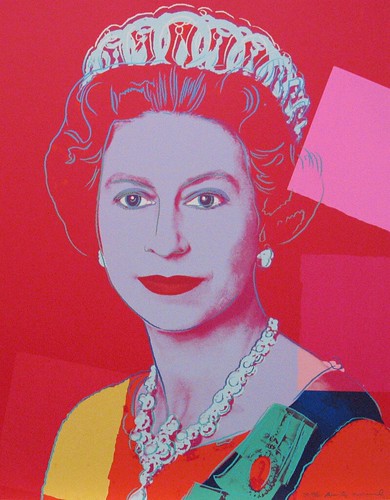 Vice-Regal Saint:
Vice-Regal Saint: 





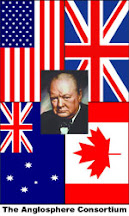

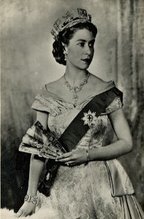





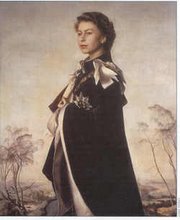


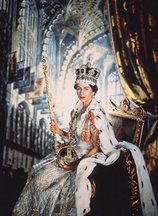
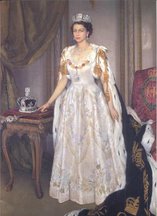

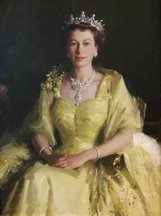
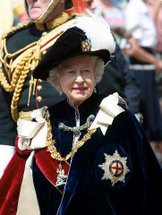






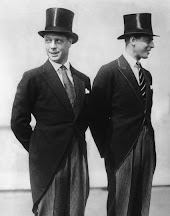






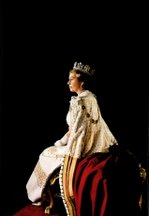



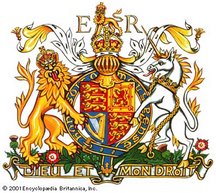

.gif)
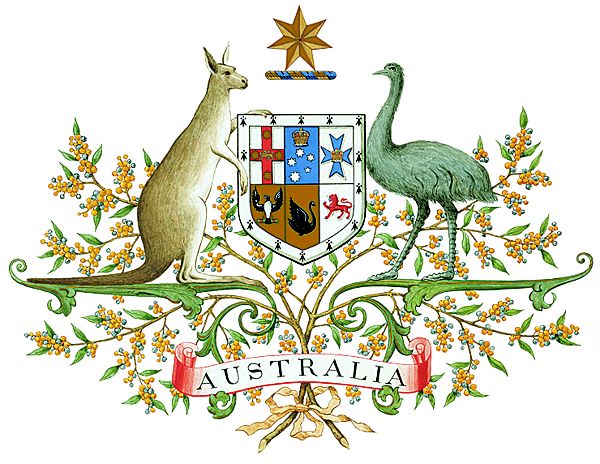
.gif)



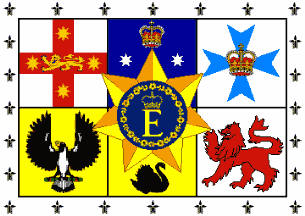
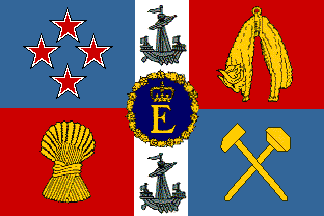
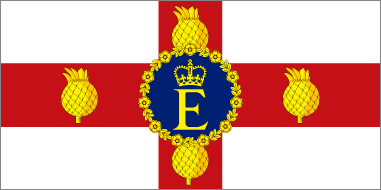
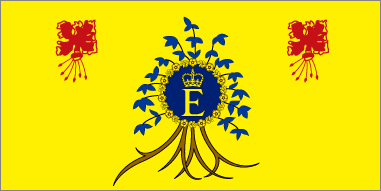



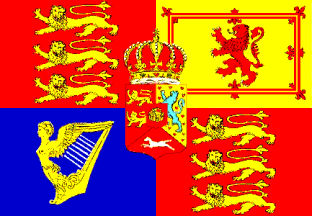




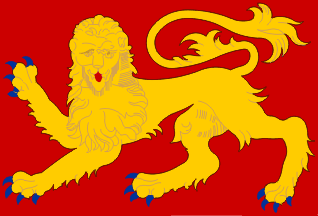
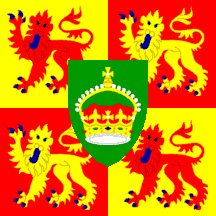

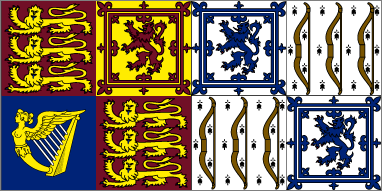
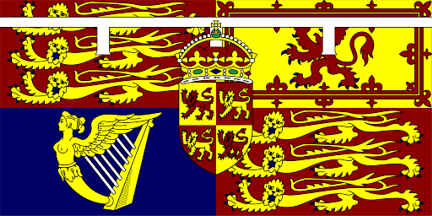
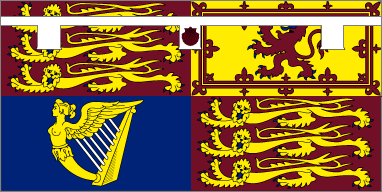
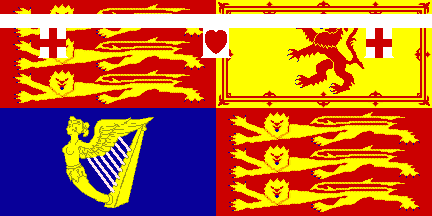




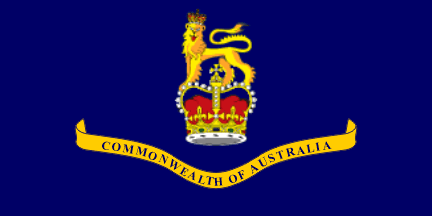
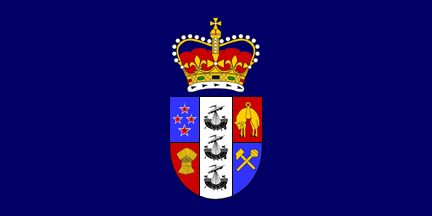
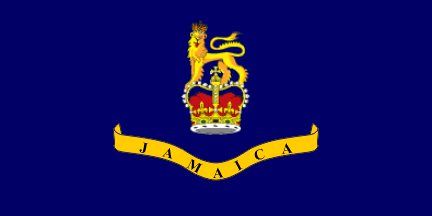
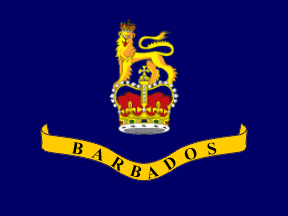















































































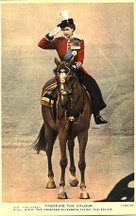

10 comments:
This is not the first time Barbara Kay has done a magnificent job at illuminating a present darkness.
Thank you for reprinting this article.
It is unfortunate the British - and their Canadian cousins - feel incapable of honouring the ideals and the heroes that have cemented their place in history. The smallness of the present time, we boldy presume, will give way.
I'm actually quite crazy when it comes to all things Nelson. When I read this column from Barbara Kay, I just had to email her for permission to republish it. She said it would be her honour for it to appear here, so here we are.
I'm glad to be back. This is my first post to T.M in over a year. During the 200th of the Battle of Trafalgar, I was posting each of Nelson's battle signals 200 years to the minute, much to Tim Worstall's amazement.
"Tribute to disability".
Well, yes.
Burton
Kay is clearly awesome.
A society and culture can be judged by a number of fruits, and what they choose to exalt is a critical one. Mrs Lapper deserves our prayers and sympathy, but, with all due respect, not our admiration.
One just has to love the irony... a tribute to someone who overcame physical disability to become a high-achiever is clearly greatly needed in a square dominated by the statue of a one-eyed, one-armed and allegedly unitesticular man who managed to become leader of what was then the most powerful military force in the world.
And I bet he never had therapy in his life...
Cato
I heartily agree with this article. You have to have lived in Britain for about the last 50 years to fully appreciate the sad wreck of our national identity and pride, so it is all the remarkable that a Canadian should have understood it so well. And it's encouraging that there is still such a real empathy within the Enlgish-speaking world.
Laurence Hughes
Cato: "One just has to love the irony... a tribute to someone who overcame physical disability to become a high-achiever is clearly greatly needed in a square dominated by the statue of a one-eyed, one-armed and allegedly unitesticular man who managed to become leader of what was then the most powerful military force in the world."
I guess that's what we can call historical illiteracy in a nutshell?
Who - me or Livingstone?
Cato
Livingstone & Co. Well actually, it's the modern PC crowd in general that demonstrates its own historical illiteracy. Cato only illustrated historical illiteracy, and by doing so, he demonstrated that he is elevated above it in general – or at least in this case.
Sorry for not being clear about that in the first place.
Thank you, Cato, for your first, brilliant comment on this post.
British culture continues to go down the loo of political correctness and mass narcissism. This trash is displayed in the public square of a nation now afraid to fly St. George's Cross from certain public buildings because it will "offend" Islamo-facists. Diana, with her bulimic head down the loo, is so aptly the icon on this emotive, narcissistic generation. God help us. God save the Queen.
Post a Comment